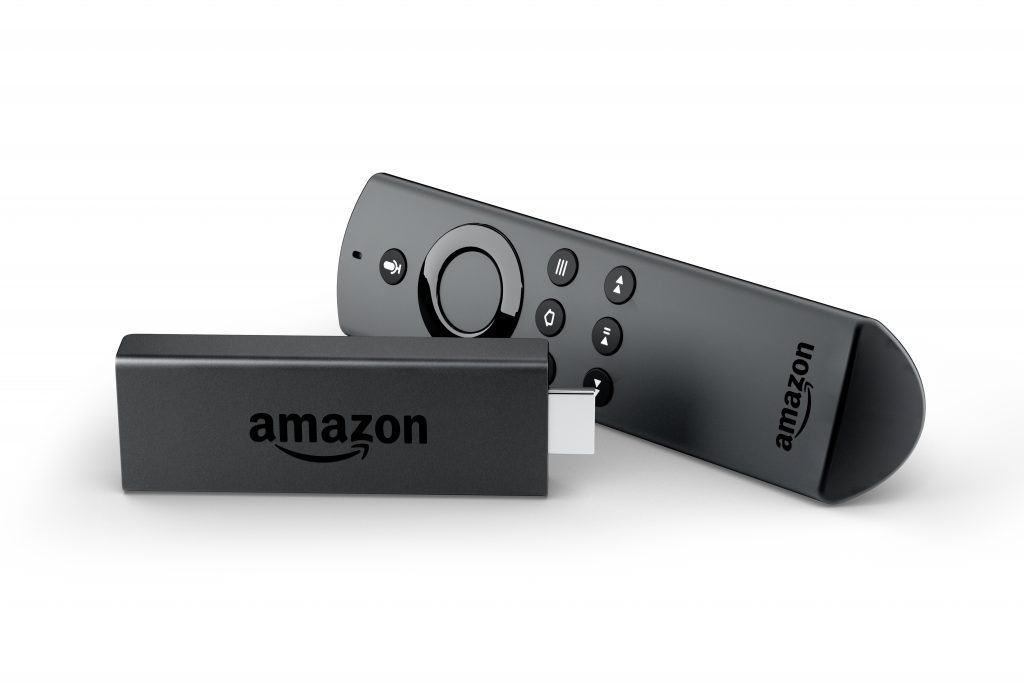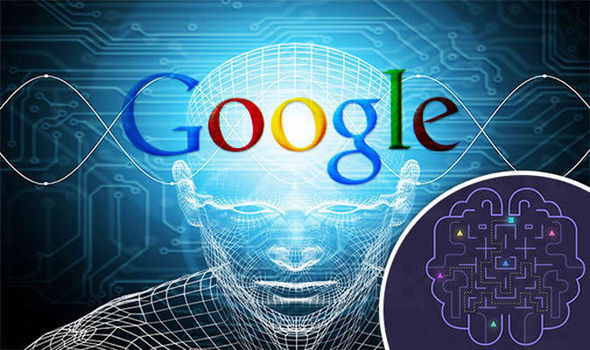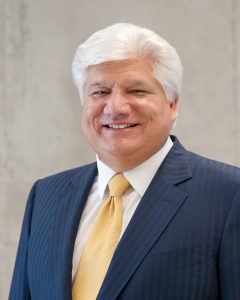Amazon’s Fire TV Stick 4K is Cheaper & is Beating its Predecessors
After shipping the Fire TV Cube ($120) and third-generation Fire TV ($70, now discontinued), last year, Amazon has now launched a much cheaper yet outperforming 4K HDR video streaming device, named Fire TV Stick 4K. The device claims to provide better performance and costs only $50.
This time the remote of the device has got more features than the device itself, as now this tiny Alexa voice remote can control the TV with the power, volume, and mute buttons. With the remote, the user can control the TV’s current HDMI input, the attached soundbar, as well as can tune the channels, on the satellite set-top boxes.

The previous Fire TV devices can also be paired with the remote and can be bought separately. Also, the new Fire TV Cube will now be available in the market, with this new Alexa remote. Alexa enabled device can help the user to check the weather, control the smart lights, pull up a feed from the doorbell cam, or access Alexa’s other functionalities with a simple voice request. To use Alexa in the handsfree mode, the user just needs to pair the Fire TV stick with an Echo device.
The predecessors of the Fire TV Stick were built on the 1.5 GHz quad-core processor, that too is improved in the newly launched device, as it is powered by the 1.7 GHz quad-core processor. The high-performance device, now includes the hardware-accelerated MPEG-2 video, enabling the user to plug-in the HDHomeRun Connect TV tuner into the Wi-Fi router, and enjoy over-the-air channels from an antenna. This enables the users to watch full broadcast quality channels on their home TVs.
The Fire TV Stick 4K has got the support for both Dolby Vision and HDR10+, that its predecessors, Fire TV pendant and Fire TV Cube, lacked and supported the basic HDR10 format. The device also converts the standard dynamic videos to HDR. The device is connected to the TV with a USB port, streaming excellent picture and sound. The Fire TV Stick has got various inbuilt apps, including Netflix, Amazon Prime, and also streams the live TV services such as PlayStation Vue and Hulu. Still, the device does not have an app for Walmart’s Vudu service.
The device is the cheapest to stream the Dolby Vision, and it has provided a lot of content to the users to scroll over, keeping the business strategy clear in mind. The faster software handling and more sensitive voice command functionality of the device, at such a price, is making a huge difference with the performance as compared to the Roku and even the Apple TV. The Fire TV Stick, currently, is only available for the Amazon Prime members.

Yashica is a Software Engineer turned Content Writer, who loves to write on social causes and expertise in writing technical stuff. She loves to watch movies and explore new places. She believes that you need to live once before you die. So experimenting with her life and career choices, she is trying to live her life to the fullest.




